Tempo-iSchwann™
Human iPSC-derived Schwann Cell
Tempo-iSchwann™
Human iPSC-derived Schwann Cell
Tempo-iSchwann™ cells are reprogrammed from human iPSC-derived multipotent progenitor cells, using integration-free induced pluripotent stem cell (iPSC) lines under fully defined proprietary serum-free, virus-free, genetic-vector-free, and integration-free conditions. They are maintained as a monolayer in cultures under defined cell culture conditions and they can be co-cultured with neurons. Tempo-iSchwann™ express biomarkers: GAP43, MPZ, NCAM1, NGFR, OCT6, Sox2, and Sox10 (mRNA analysis). Shown using immunocytochemistry, Tempo-iSchwann™ express S100 beta and MBP.
Schwann cells are the main glial cells of the peripheral nervous system (PNS). Schwann cells differentiate from cells of the neural crest during development. The PNS includes all nerves going out to muscles as well as sensory nerves coming from the muscles back to the spinal cord. Schwann cells belong to a specialized type of “support” cell in the PNS. There are some very important features of Schwann cells: 1) they protect and insulate nerve fibers and are subdivided into myelinating and nonmyelinating Schwann cells; 2) they are terminally differentiated cell types; 3) they are essential for the regeneration of injured PNS; and 4) they provide trophic factors to neurons in the PNS and modulate synaptic activities. Several well known diseases are caused by defects in Schwann cells: Charcot–Marie–Tooth disease, Guillain–Barré syndrome, Schwannomatosis, chronic inflammatory demyelinating polyneuropathy, and leprosy.
Applications
Tempo-iSchwann™ are intended for basic scientific research, drug discovery and therapeutics development use only. It is not a product for human testing or diagnostics.
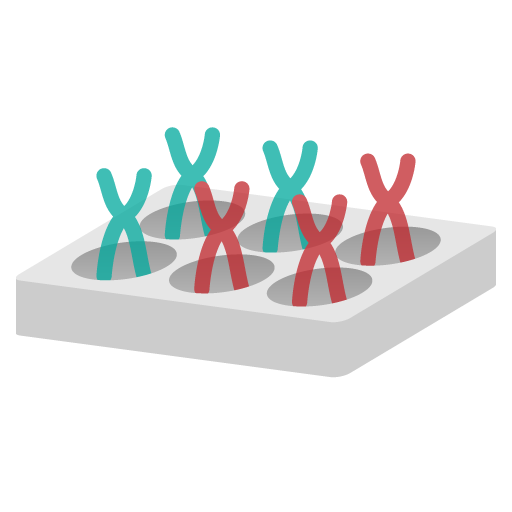
Phenotypic Assays

High Content Imaging
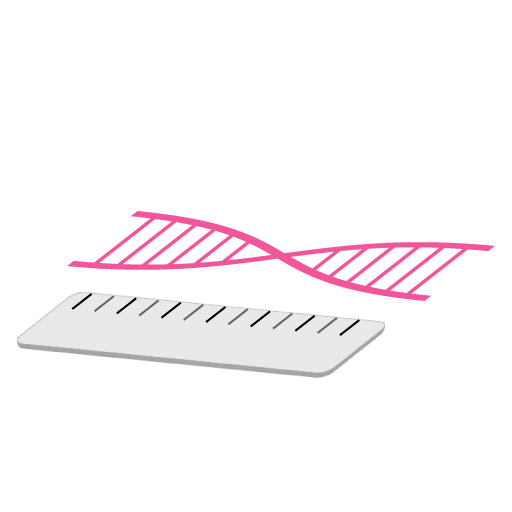
Biomarker Discovery
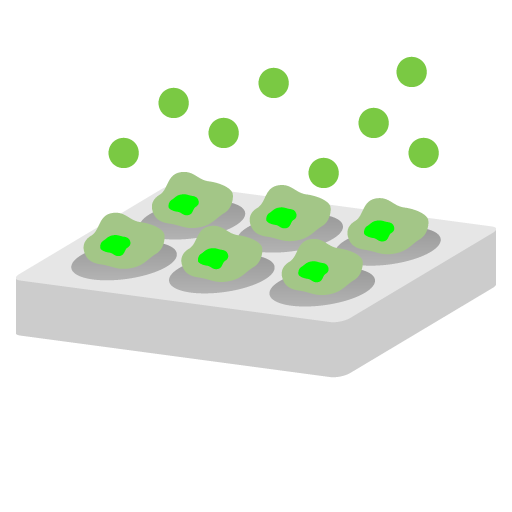
Cytotoxicity Assays
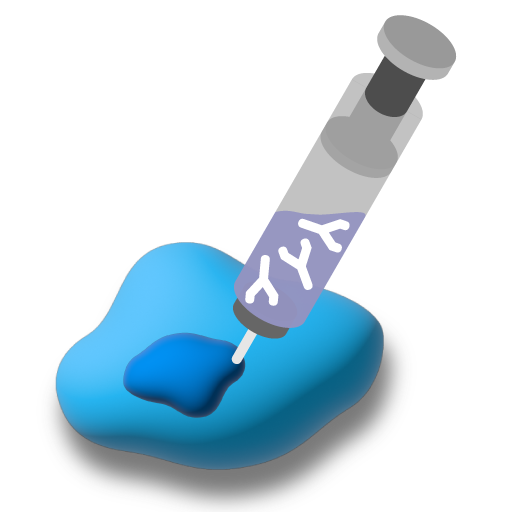
Target Validation
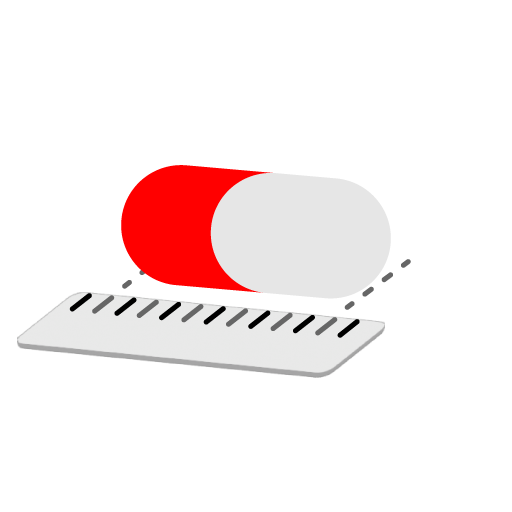
Lead Optimization

Investigative Toxicology

Nonclinical Efficacy Evalutions
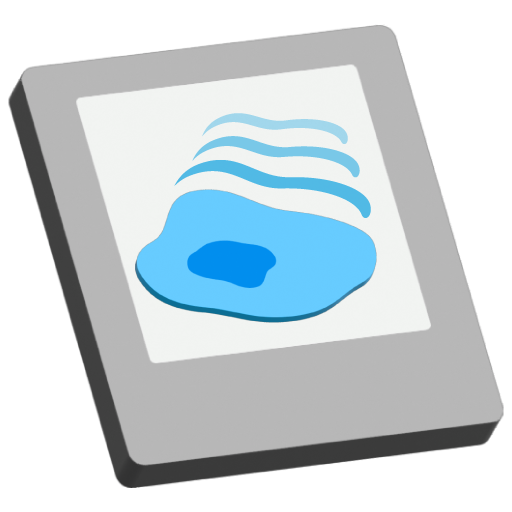
Live-cell Imaging
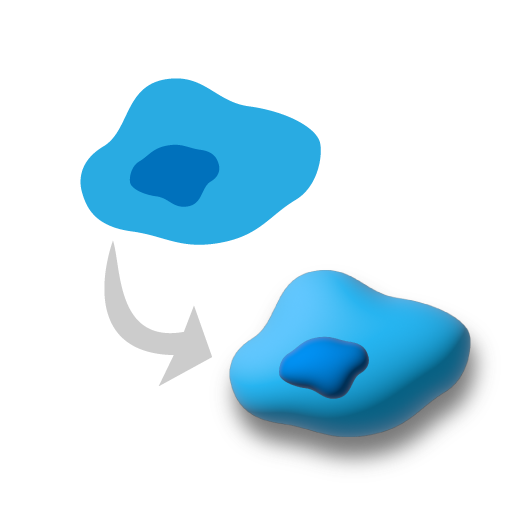
2D & 3D Cell Culture
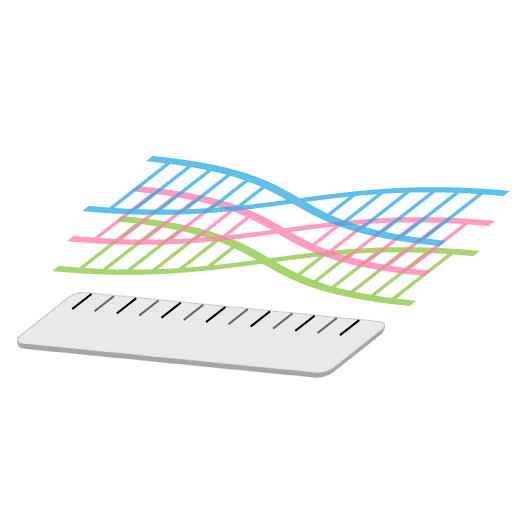
Biomarker Authentication
Specifications
>0.5×10^6 cells per 1ml of freezing medium (vial)
Long-term Storage: liquid nitrogen
Growth Properties: adherent
Storage: remove cryovials (dry ice packaging) and place the vial into liquid nitrogen for storage. Alternatively, thaw and use the cells immediately.
Technology used: an in-house developed proprietary feeder-free, serum-free, viral-free, genetic-vector-free, integration-free reprogramming method.
QC: Sterility, Safety (BioSafety Level 2), HIV/viruses, bacteria, fungi: negative. Cell viability post-thawing (>90%)
Tempo-iSchwann™ SKU213
